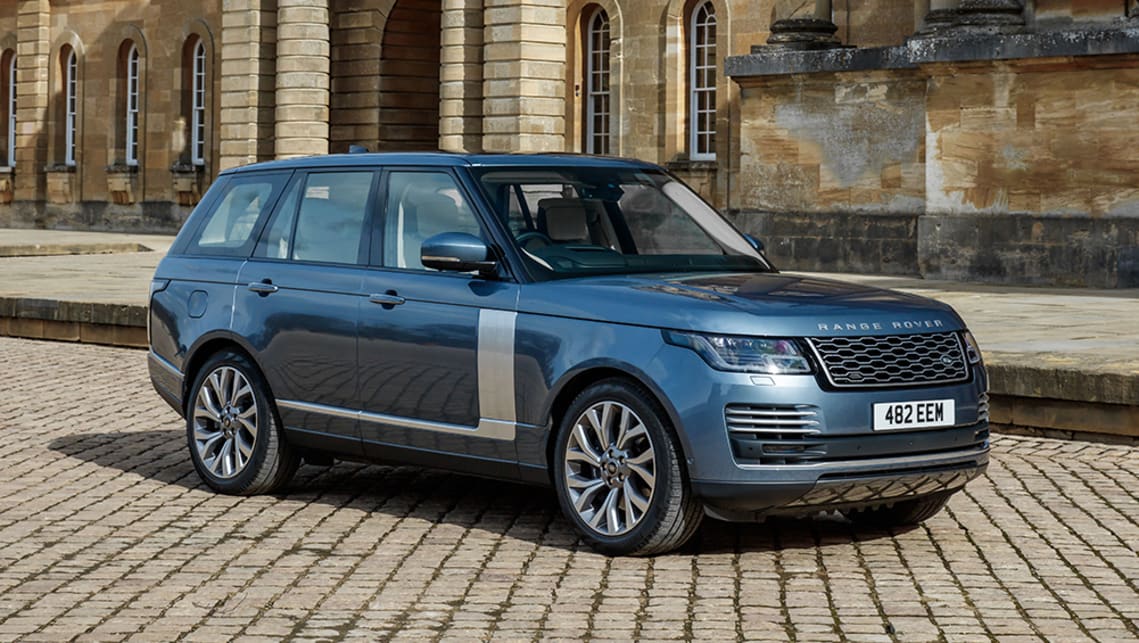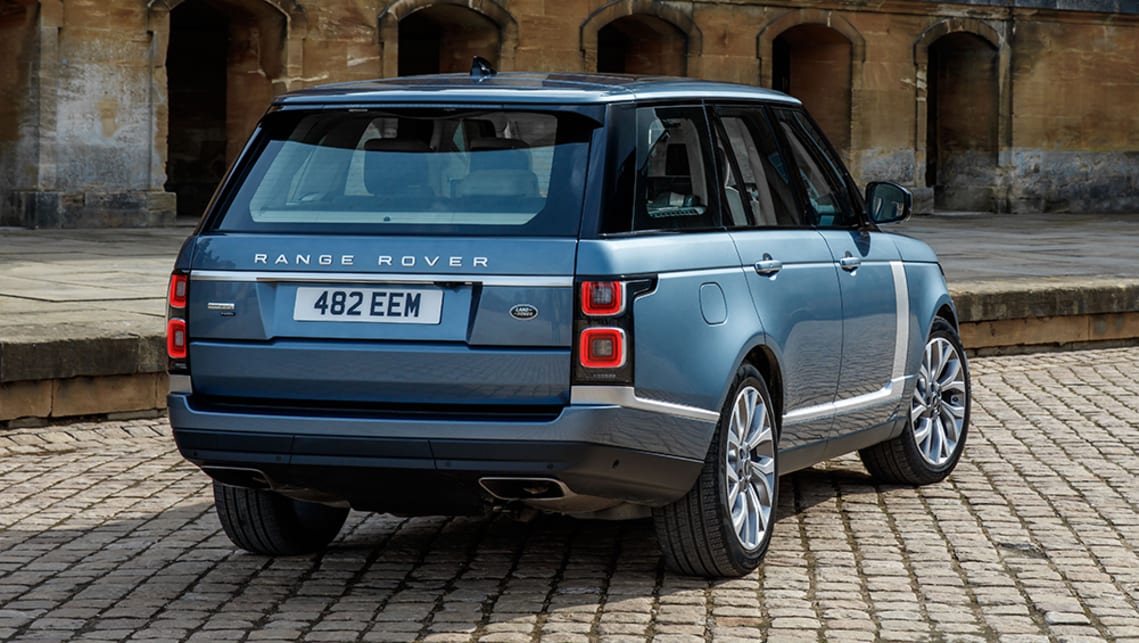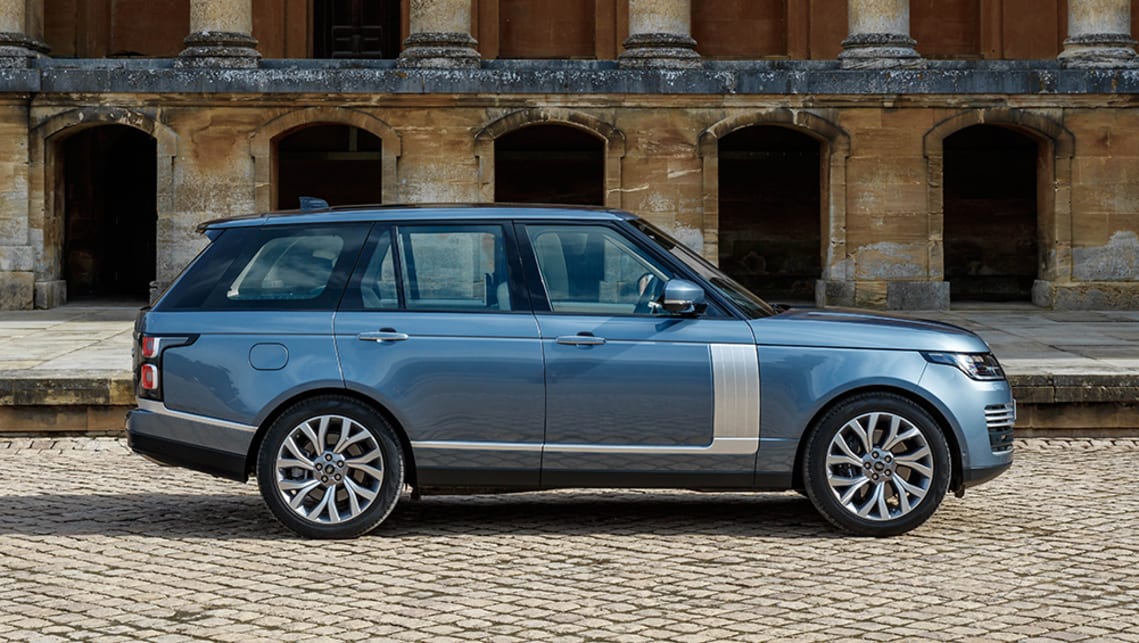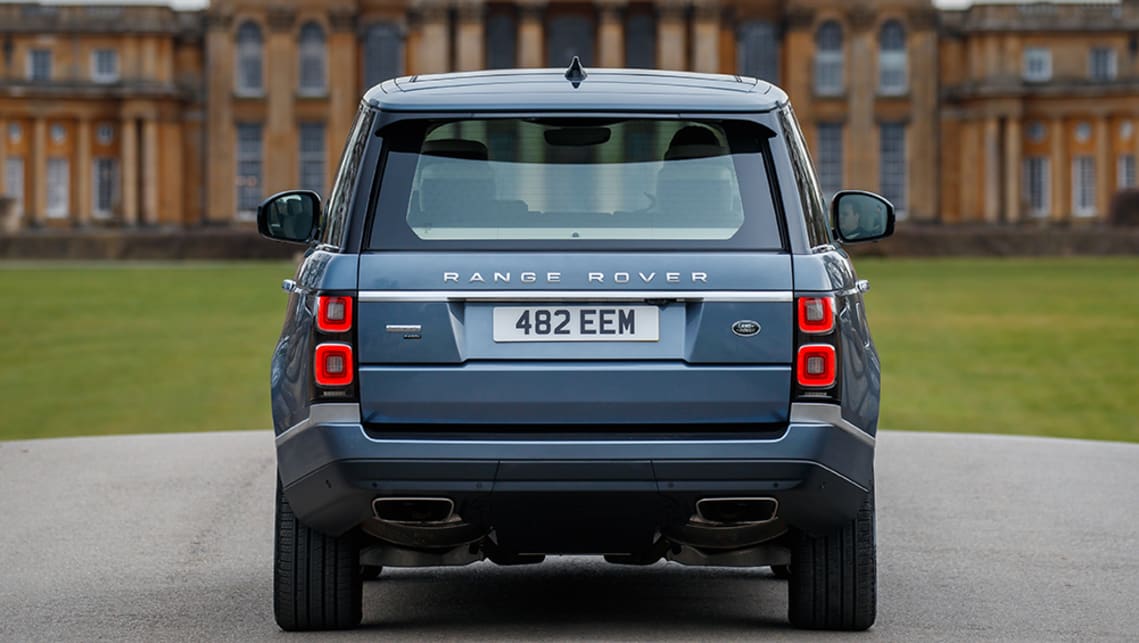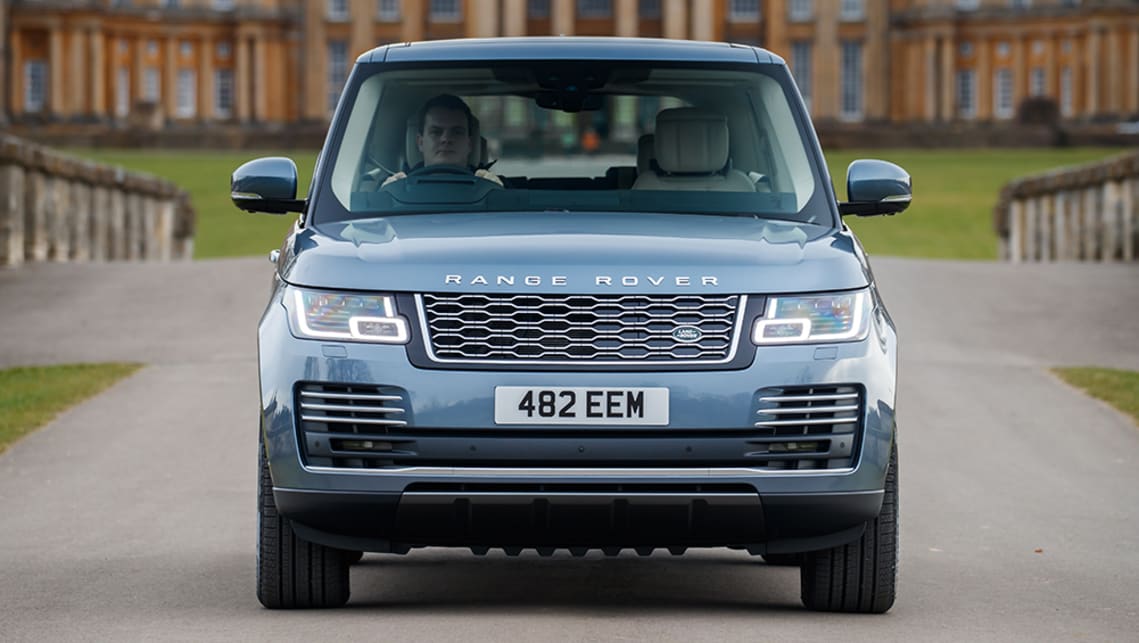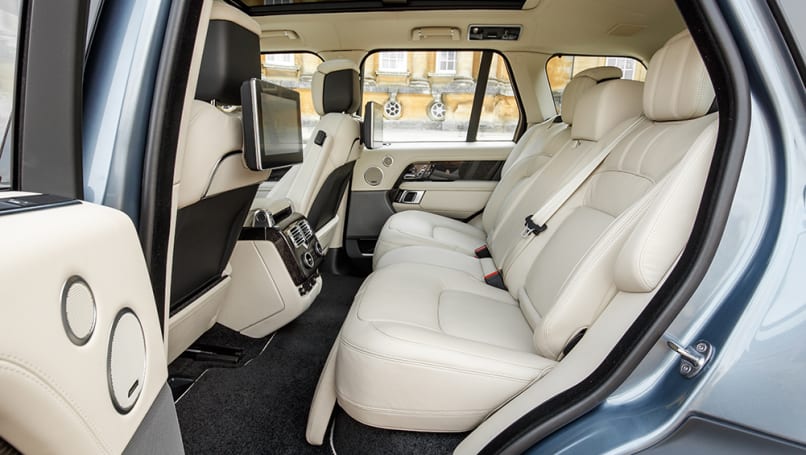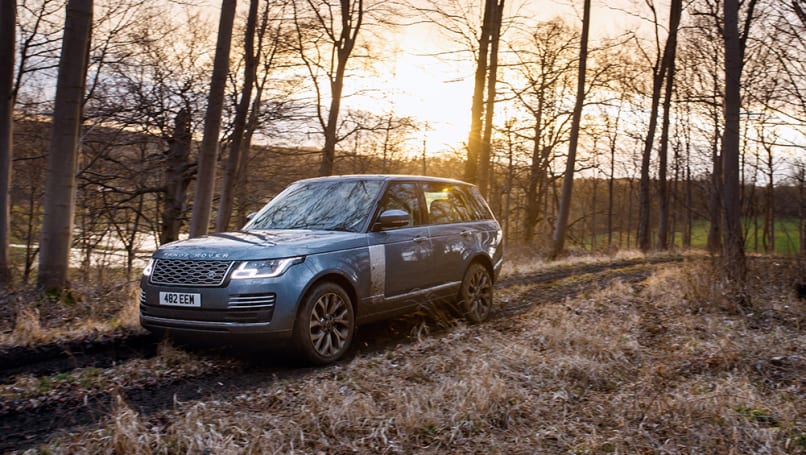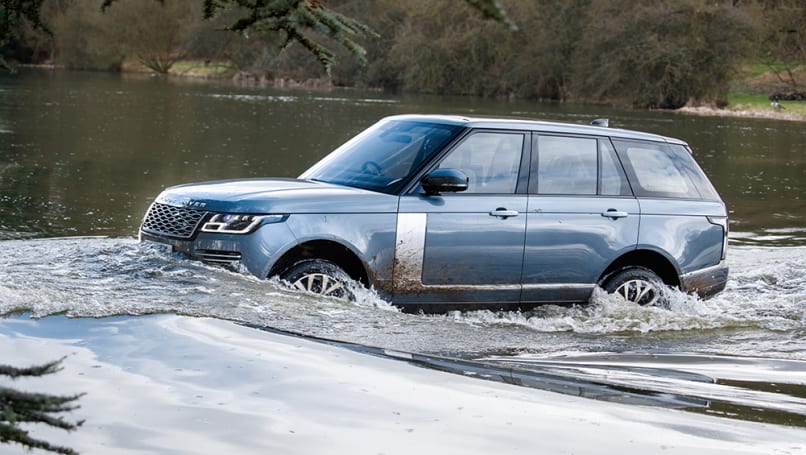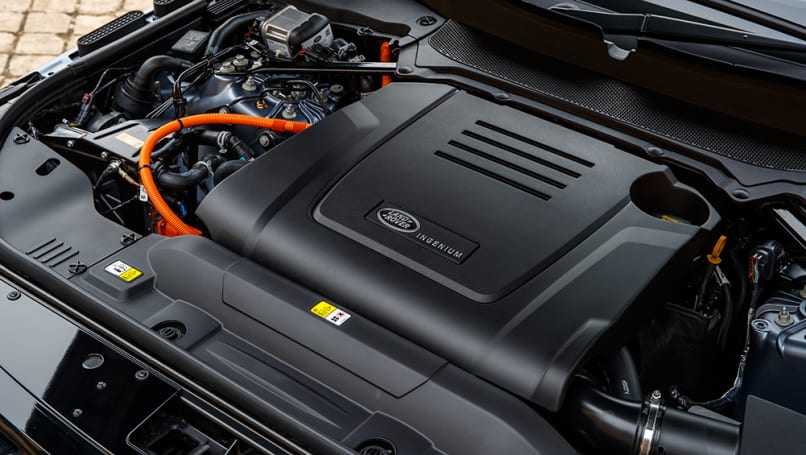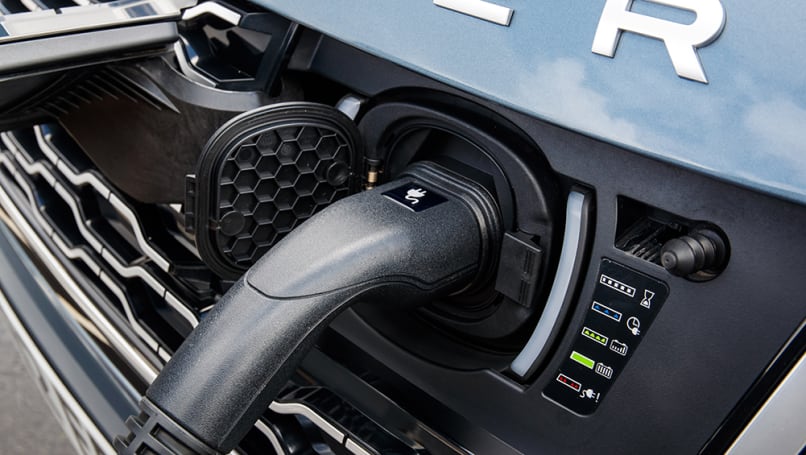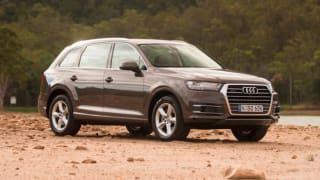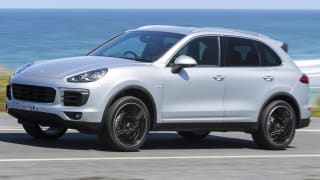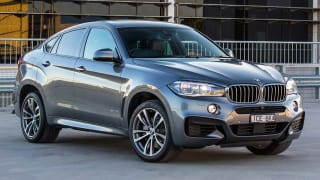To start off, Range Rover Australia will only offer the PHEV drivetrain in two variants; the Range Rover Vogue PHEV 400e will cost around $210,000, while the smaller Range Rover Sport HSE PHEV 400e will start at around $146,000.
Both models will share the same drivetrain, which uses a turbocharged 2.0-litre petrol engine and an 85kW electric motor to output 297kW/640Nm in total. Both cars are all-wheel drive, and have eight-speed autos as the only transmission option.
The Range Rover is the second most expensive variant in the four-engine line-up, only $1000 cheaper than the top-spec V8. The Sport, meanwhile, is about $3800 under the top spec HSE, and $12,000 dearer than the base six-cylinder powered version.
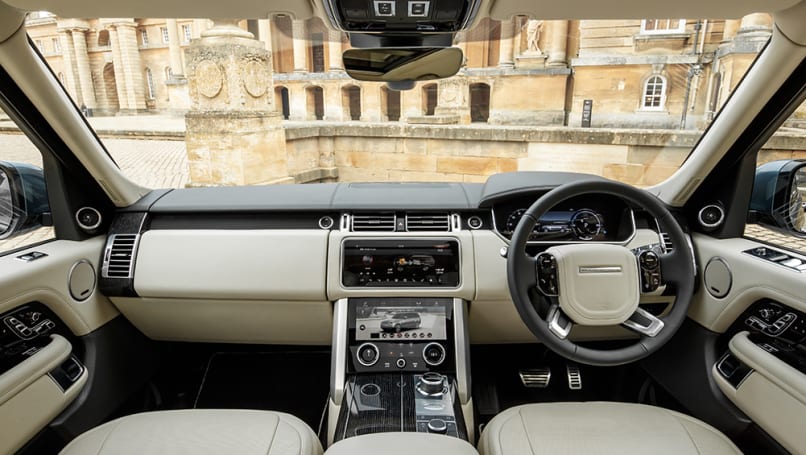
The pair makes up part of Range Rover's MY18 updated line-up, and both will score a new front bumper and grille, as well as new matrix LED headlights that can dim individual diodes to prevent blinding oncoming traffic. The rear bar has been lightly tweaked, too.
Inside, the pair come with the same dual multimedia screen system that launched with the Range Rover Velar, along with other small tweaks to interior finishes.\
As you'd expect, the Rangies are pretty well equipped, given their price point, with automated lights and wipers, leather interior, up to 17 (!) USB and 12v ports, heated and vented seats, sat nav, DAB+ digital radio, a Wi-Fi hot spot, a heated steering wheel, digital TV and Bluetooth streaming.
They both come with AEB as standard, but other driver aids like blind spot monitoring and adaptive cruise control are buried within the extensive options lists.



